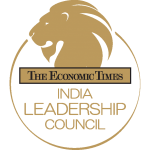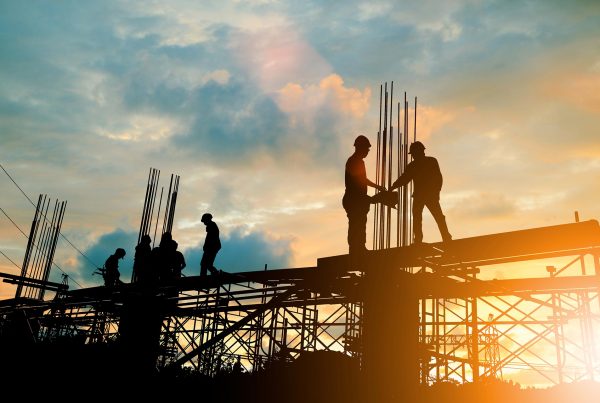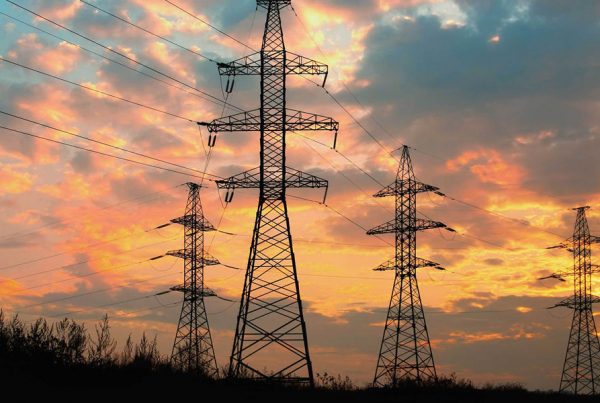India’s manufacturing success depends on two factors, one is local firms achieving global standards of quality and competitiveness, and second, attracting foreign firms to set up their manufacturing bases here. Japan’s cooperation with India in this regard is very important especially in light of the recent standoff.

A country’s manufacturing success depends on the government taking a long term view on it and large scale development of infrastructure, railways, and ports. Keeping costs of utilities like power and land can also give businesses huge competitive advantage
By Nikita Rana
As countries around the world evaluate how to diversify their supply chains and reduce their dependence on China in the post-Covid-19 era, India is being considered as an alternative manufacturing hub. While India is competitive when it comes to labour costs, engineering talent and expertise, challenges around infrastructure support and a demand for higher government incentives still remain.
ETILC organized “Building Manufacturing, Building India”, a webinar focused on India’s emergence as the next global manufacturing destination. The panelists included Trevor Bilicke, Vice President, Manufacturing and Supply Chain(APAC), 3M Company; Hari Om Rai, Chairman and Managing Director, Lava International; Srinath Venkatesh, President, Danaher India; Yasuyuki Murahashi, Chief Director General, JETRO India; Pankaj Mohindroo, Chairman, India Cellular and Electronics Association; Satyakam Arya, Managing Director & CEO, Daimler Commercial Vehicles India and BVN Rao, Business Chairman, Transportation & Urban Infra, GMR Group. The discussion was moderated by Vinod Ramachandran, Senior Partner, India Head Automotive, and Industrial Sector and Global Head Industry 4.0, KPMG.
In mobile manufacturing India has achieved significant success, generating Rs 215k crore of which close to Rs 28k crore is being exported. “Value addition for the sake of value addition is dangerous. We need to focus on increasing exports to Rs. 8 lakh crore. We are very serious about building up component manufacturing – chargers, battery packs, headsets, camera modules, and even the display assembly. Both the state and central governments are eager to make it happen and we should be able to replace China’s current state of evolution in the next 5 years,” says Pankaj Mohindroo, Chairman, India Cellular and Electronics Association.
In the entry-level mobile phone segment, India is already producing 40% of the components locally. And while we are competitive when it comes to human resources, in technology advancement and capital investment, there is scope to do more. Hari Om Rai, Chairman and Managing Director, Lava International believes that it is only through a focus on exports, that India can become a global factory because the Indian market is not big enough. “For India’s aim to be number one in mobile manufacturing by 2025 it has to be Make In India for the world,” he says.
International firms which have customized products for India and then even exported them to the global market have reaped tremendous benefits. Daimler, which entered India in 2009 has designed products for the Indian market and has since exported 30k trucks and buses. “Export was always part of our core strategy because India has cost competitiveness and the skills required for export. Here we follow global quality standards and are able to export to fifty markets around the world,” says Satyakam Arya, Managing Director & CEO, Daimler India.
India’s manufacturing success depends on two factors, one is local firms achieving global standards of quality and competitiveness, and second, attracting foreign firms to set up their manufacturing bases here. Japan’s cooperation with India in this regard is very important especially in light of the recent standoff. While The Japan External Trade Organization (JETRO) is clear that the country does want to diversify its manufacturing base and doesn’t want to be too dependent on China post-COVID-19, it also recognizes that Japanese firms are performing well in China due to its well-integrated supply chain. JETRO is certain that in the semiconductor and pharmaceutical sectors, more Japanese firms would be willing to set up in India if they were given bigger incentives by the Indian government.
A country’s manufacturing success depends on the government taking a long term view on it and large scale development of infrastructure, railways, and ports. Keeping costs of utilities like power and land can also give businesses a huge competitive advantage. One strategy that has worked for multiple countries is that of anchor tenants. When a large firm sets up in a country, it attracts a multitude of smaller manufacturers which builds up the supply chain. Vietnam had success like this with Samsung’s plant in Hanoi, China with Foxconn and Thailand had done with Japanese automotive OEMs. “For India, this same system will work if it has the infrastructure to support.
India has strengths in engineering, education, and robotics. It needs to build and leverage these. India is competitive when it comes to labour when compared with South East Asia, but it’s not the same as it was 10-15 years ago. So instead of looking at labour, it should look at higher skill sets as an advantage,” says Trevor Bilicke, Vice President, Manufacturing and Supply Chain(APAC), 3M Group.
For India to compete with China it needs to increase cost competitiveness and invest heavily in manufacturing capacity and technology. There is a need for sector-specific clusters with world-class infrastructure. In areas, like energy, where self-reliance is key, more attention also needs to be paid to renewables. India currently imports 85-90% of its solar panels and thus it’s a concern that a large part of our requirement is imported since going forward our reliance on renewables will increase.
ET-ILC members raised questions on India’s investment in R&D, labour laws – how they work as differentiators, and the role of the government in attracting investment. While Ramarao Suresh, MD, Insist asked about the how India’s manufacturing productivity compares with southeast Asian countries, Gyanesh Chaudhary, MD, Vikram Solar, wanted to know about the impact geopolitical changes would have on supply chain management and Sumeet Doshi, Country Manager, Kronos enquired about the impact workplace fluctuations and availability of skilled workers have on productivity. The group agreed that India needs to reduce workplace fluctuations, slowly investing in skilling workers and moving away from contractual arrangements. And in order to capitalize on the changes in the post-Covid era, India needs to focus on select sectors and develop them instead of spreading itself too thin










